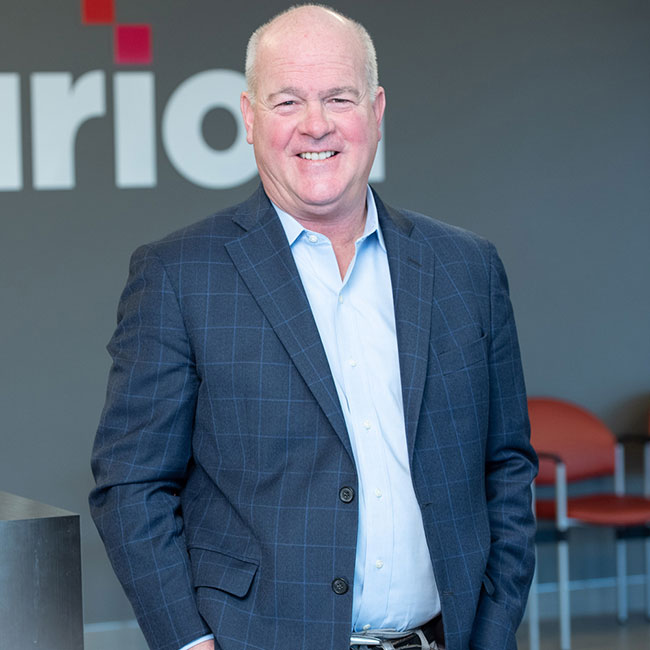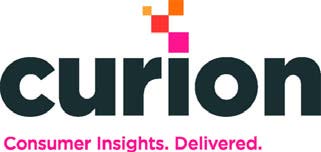SPONSORED CONTENT
 Brands rely on consumer testing to analyze potential risks and rewards before launching a new product or a product line extension or when changing the way they market the brand. This typically takes place in a test kitchen or lab, where consumers participate in blind studies. The environment is clean and clinical.
Brands rely on consumer testing to analyze potential risks and rewards before launching a new product or a product line extension or when changing the way they market the brand. This typically takes place in a test kitchen or lab, where consumers participate in blind studies. The environment is clean and clinical.
While clean and clinical certainly has its place in product testing, we also know that products are used in real life, not in a booth. So, we decided to take product testing to where the consumer lives. Where they work. Where they exercise. Our LifeLabs™ program makes that possible. LifeLabs™ is a contextual testing approach that works in gyms, popular bars, theaters, restaurants, senior residential communities and any place consumers go to mingle, relax and work.
Would you rather taste a new craft beer in a test kitchen or while relaxing on a sunny outdoor patio? Does popcorn taste the same way in a lab as it does in a living room while watching the big-screen TV? Does the tropical smell of sunscreen have the same appeal indoors as it does on the beach?
 Product testing out of the lab brings the experience to the consumer’s life, enabling researchers to understand the brand in a context that is more real than central location testing.
Product testing out of the lab brings the experience to the consumer’s life, enabling researchers to understand the brand in a context that is more real than central location testing.
The on-demand future is here. People eat anytime, anywhere (think Uber Eats). They order online and get one-day delivery. Consumer expectations are “you bring it to me.” As an example, consumers can now simply click and get an LA-style fitness class brought right to the recumbent bike in their family room. For all these reasons and more, Curion decided to take product testing to consumers.
Responding to market disruption
Consumers drive change – the result of new technologies, cultural shifts and the rapid reversal of social norms. Let me put it another way. Everybody was on Facebook until everybody was on Instagram. Everybody ate macaroni and cheese until salt and carbohydrates became a health threat. Everybody smoked until vaping replaced cigarettes. Now even that’s in question. Everybody drank soda out of plastic bottles or cans. Now global awareness of how we pollute the oceans is changing the way we think about packaging.
What’s driving consumer preference? How do they view brands? What can we expect?
Recent consumer research shows these alpha trends as we head into 2020:
- Social media is driving a thirst for new products. “Food brands need to take bigger risks…innovate fast and frequently.”
- Expect “New textures in food and beverage options.”
- Brands need to step up food innovation much like what we’re seeing in the meat and dairy alternative categories.
- We will continue to see Millennials and Gen Z lead the charge to cut salt, sugar and artificial ingredients. This opens the door to spicy, more exotic alternatives – a hot topic for the younger demographic.
- Anything packaged with plastic is at risk as consumers become more and more tuned into the environment. Brands will need to be meticulous in the ways they communicate their sustainability message – on the pack and online.
 Contextual research is the subject of the Current Opinion in Food Science article “Thinking outside the booth,” which states, “Moving sensory and consumer research from the standard sensory booth setting closer to where consumers actually purchase or consume the products being tested may thus increase a test’s ecological validity. It is well established that consumer responses to the same foods can differ, depending on the setting or location where these foods are tested.”
Contextual research is the subject of the Current Opinion in Food Science article “Thinking outside the booth,” which states, “Moving sensory and consumer research from the standard sensory booth setting closer to where consumers actually purchase or consume the products being tested may thus increase a test’s ecological validity. It is well established that consumer responses to the same foods can differ, depending on the setting or location where these foods are tested.”
Through LifeLabs™ we can also conduct product studies in virtual reality rooms, where consumers come in contact with mock-up environments. This lets people see what a product might look like on a store shelf. We can track the purchasing process and evaluate how the product holds up against competitors as participants “shop.”
LifeLabs™ – testing a product and a method
Recently, we performed at test within a leading shared office space provider. This was an ideal fit for our client, a popular protein bar brand in the health food industry that sought to understand how their nutrition bars stood up to the competition.
Part of the research was to determine the differences between traditional lab testing in a CLT setting versus LifeLabs™. Our mission was to understand how consumers’ responses might differ in the context of real life – in this case, during meal times in a natural work environment.
Results from the traditional study versus the LifeLabs™ study were compared to determine how context affects consumer perception.
Consumer preferences between products were similar between both studies. However, participants in the shared office test site showed far more enthusiasm for the experience and were far less critical of the products compared to those in the standard CLT study. LifeLabs™ participants were also more articulate and nuanced in their answers to the survey questions.
The advantages of contextual research
According to the many studies named in the Current Opinion in Food Science, these results imply that the more immersive the context is when studying consumer perceptions, “The closer a panelist’s responses may be to those obtained within the real world.”
As we begin to expand our partnerships with brands, we are finding that contextual research delivers a wealth of advantages and allows brands to:
- Get closer to the consumer in the environment of their chosen lifestyle.
- Allow for natural biases.
- Understand product usage in real time.
- Gain context-rich insights on how everyday habits affect preference.
- Test prototypes early before going into production.
- Find the moments you own and the ones you don’t.
- Define the product’s position in the market.
- Develop a product and then perfect it while understanding the consumer.
To learn more about Curion Insights and the LifeLabs™ Program, visit https://curioninsights.com.
At Curion, we provide world-class insights. From quantitative to qualitative research, we apply proven, industry-leading, innovative methods to service over 65% of Global 100 companies. As a full-service product and sensory insights firm, we work with our clients to determine not only what products consumers like but also why they are liked and how to make optimizations. As a result, our clients mitigate the risk of marketplace failure by ensuring that only products of quality and character will be introduced to the market, providing repeatable delight to their consumers.
We accomplish this with our expert employees, sensory processes, fully-equipped facilities and data insights. In 2019 alone, we tested 105,000 consumers across our San Francisco, Chicago, Dallas and New York metropolitan-area facilities.

